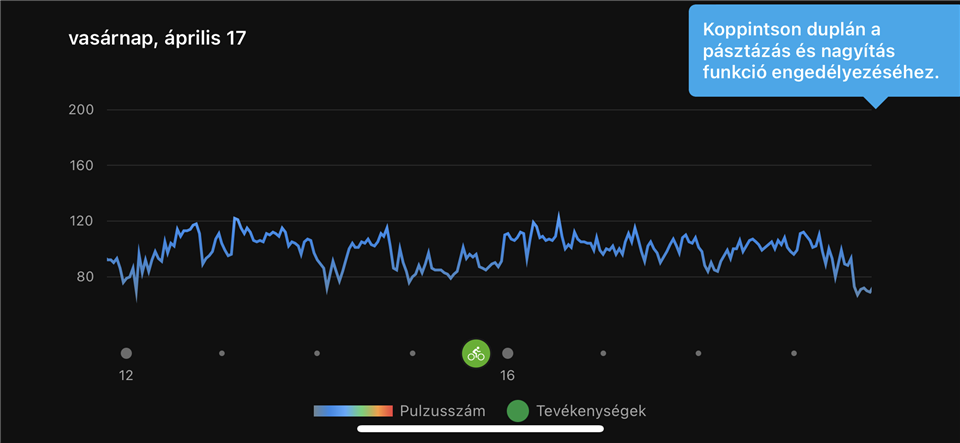I noticed a few posts about issues with intensity minutes. Really never looked at the value until yesterday I noticed that my number is very low for the week. I remember getting a higher number before. What is the threshold for heart rate to be considered intensity minutes? When I do a cycling workout and my hr is at 70% of my max, is that considered intensity minutes?



